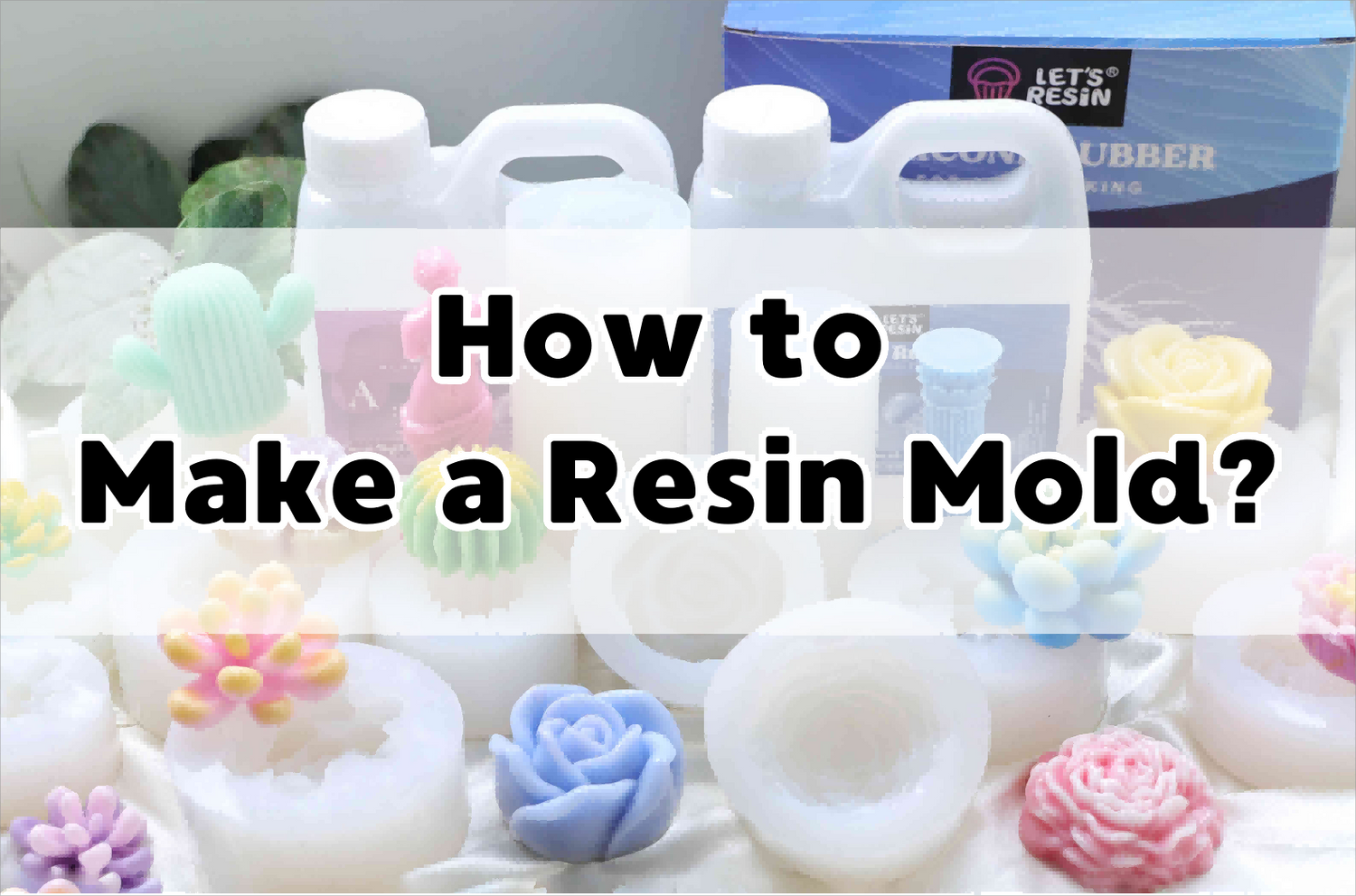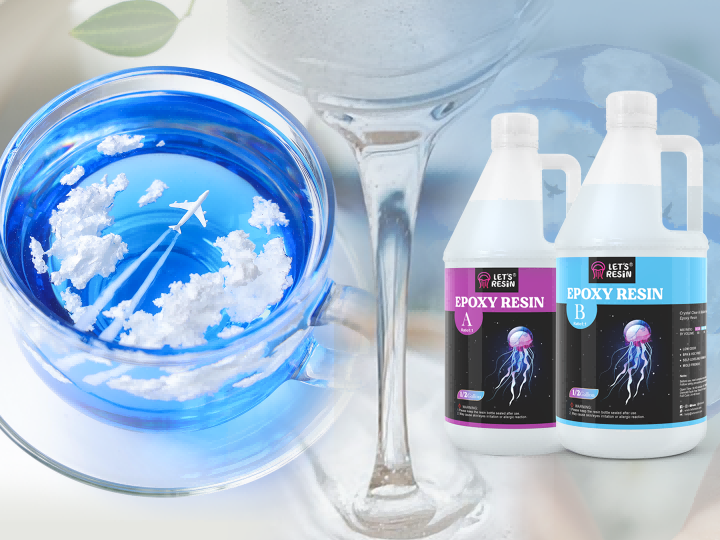This blog serves as an introduction to the reasons behind issues like obvious division lines in resin, cloudy resin and part of the resin that doesn't fully cure, bubbles and flash cures, and fading and melting issues during the resin crafting process.
⭐ Beginner
Video Tutorial
1. Obivious Division Line in Resin
(Timeline: 0:22-1:45)
In the process of making resin crafts, there can be a noticeable dividing line. For example, this craft is divided into four layers. Although each layer is transparent, you can still clearly see the division lines. There are two reasons for this situation.
The first one is that we did not use the same batch of resin. For making small sphere, we typically need about 250 milliliters of resin. If we switch to different batches of resin during the process, division line can occur.
The other reason is that the ratio of the resin may differ. The right ratio of the regular epoxy resin is 1:1. For example, if we pour 4oz part A resin, then we need another 4oz part B resin. It will have division line if you mix 3oz part A resin and 5oz part B resin. Please remember these two points. We can choose the appropriate volume of resin based on the size of the work we want to create. If we are working on a large project, it is advisable to use a larger volume of resin.
2. Cloudy Resin
(Timeline: 1:46-2:25)
The phenomenon of resin becoming cloudy may occur during the production of resin works. In this crafted piece, a discernible contrast is evident between the clarity of the initial and uppermost layers of resin. However, the intermediate resin layer appears markedly turbid, distorting the perceived shapes of the sharks within.
The emergence of this situation stems from inadequate mixed resin. Crafts made from well-mixed and bubble-free resin look super clear. If the resin isn't mixed thoroughly, we'll end up with lots of silky boundaries in the resin, making the craft look cloudy.
3. Part of The Resin Doesn't Fully Cure
(Timeline: 2:26-4:01)
During the crafting process, you might notice that some parts of the final crafts have already been cured, but there are still some parts that haven't been cured yet. It's actually because we missed the resin clinging to the sides of the cup during the mixing process. We didn't mix that part with the mixing stick, so it's actually unevenly mixed in certain areas.
When we use resin, we usually pour the entire cup to make sure none goes to waste. Following the principle of not wasting, some people might use a mixing stick to scrape any resin clinging to the cup's walls. Exactly, because that scraping action removes the resin stuck to the walls that weren't mixed properly, leading to part of the resin doesn't fully cure.
Now, let's scrape off the resin from the bottom of the cup and take a look. We can see there are some silky boundaries in the resin. We can see that the resin at the bottom is clear, but the resin we scraped off from the cup's walls is cloudy. This situation occurs because of the scraping action we just did, leading to this outcome. So it's important to be aware of this knowledge point.
4. Bubbles and Flash Cure
(Timeline: 4:02-4:36)
In the process of crafting, there might be flash cures or lots of small bubbles. This usually happens because we didn't pour the resin in layers. Pouring all the resin at once can lead to the bubbles inside our craft not being expelled, resulting in a flash cure. We recommend pouring resin into this relatively large mold in four layers, with each pour being approximately 5 centimeters. Exceeding this amount might increase the risk of resin flash cures.
5. Fading and Melting Issues
(Timeline: 4:37-5:25)
The upper half of the sphere is mostly turning brown, while the bottom remains somewhat red. This is because we pour the resin in layers. We can see a distinct line here, and it's due to using resin with a higher temperature for the upper half and resin with a lower temperature for the bottom half.
Resin with higher temperature not only generates a lot of bubbles but also causes discoloration in the flowers and leads to irreversible issues like melting with the fillings. It's good to note that the lower half of the flowers and leaves maintains better color, and there are fewer bubbles. So, it's essential to ensure that the resin temperature stays below 35 degrees Celsius during the process.







